Cajeta Quemada - Traditional Recipe of a Mexican Dessert
Who has not been in a candy market while in Mexico? Post after post of sweetened delicacies, a dream of many children, including him that we carry inside each one of us. Looking at their tables, gaze between the crystallized sweet potatoes, the alegrías, the cocadas, the pumpkin candies, the ates, the wafers and each of the goodies offered in this space of happiness. But there is a sweet that is not only for sale in almost all stalls, but can also be found in supermarkets, even in corner stores. This sweet is the cajeta, a Mexican dessert. Today we present a traditional recipe for making burnt cajeta, the original of cajeta.
Although they are on the way out since they are more and more difficult to find, you have probably seen or at least have memory of the little drums with metallic foil stripes, filled with this exquisite delicacy. It is easier to find them in the center of the country since the cajeta's birthplace is the city of Celaya, Guanajuato. Many think that dulce de leche and cajeta are synonymous, but in reality, cajeta is Mexican dulce de leche.
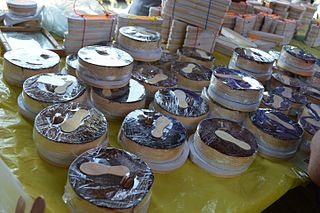
Courtesy of AlejandroLinaresGarcia [CC BY-SA 4.0]
Dulce de leche is found in many parts of Latin America and although they look similar, their difference is in the milk used to make it. While the former is made with cow's milk, the Celaya version is with goat's milk. In fact, in September 2010, the cajeta was declared "The dessert of the Mexican bicentennial", recognizing its history, betrayal and origin.
There are three types of cajeta that are the following: the burnt cajeta which is the original presentation of the sweet and is characterized by its deep caramel color caused by the time it is left on the fire, the vanilla cajeta where vanilla is added to differentiate its flavor and the tinned cajeta that contains a small amount of alcohol. We will prepare the primary version, the burnt cajeta.
The traditional recipe for the cajeta requires a copper saucepan since they are the ones that best isolate the heat, allowing even cooking and preventing it from sticking to us. Immediately, we ran into challenges since on this side of the pond it is difficult to acquire a copper pot, so we used the one that we believed was similar to the qualities of the copper saucepan.
We started!
Ingredients
- 1 liter of goat's milk
- 1½ cup white sugar
- 3 tablespoons corn syrup or glucose
- ½ tsp baking soda
Preparation
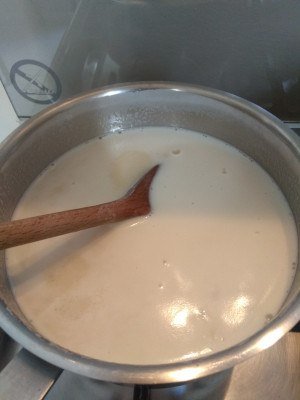
We empty the liter of milk, the sugar and the honey or glucose, integrating all the ingredients with a wooden shovel or spoon and we put it over high heat. At the moment that it is about to boil, we lower the heat and add the teaspoon of bicarbonate, stirring constantly. This point requires great care, since when adding the bicarbonate, the milk will rise immediately, running the risk of spilling out of our pot.
The "trick" is to be playing with the fire a bit, to obtain a cajeta with a better color and consistency. From medium heat, we lower the heat to low and vice versa, at least every 10 minutes until cooking is finished. If you have an electric stove, you have to raise and lower the pot constantly.
At this point, our brew is a café au lait color, and the danger of spilling is over. However, we will continue at the foot of the stove, taking care that our cajeta does not stick.
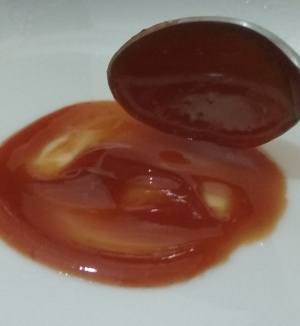
After an hour, the mixture is dark in color and you have to see if the cajeta is ready. How do you know if it can be removed from the fire? Looking at our shovel or spoon to find out if it has reached its napa point, which consists of making sure that it is covered with a very light and uniform layer which by sliding our finger over it, a separation mark remains. This is the perfect time to remove the casserole from the heat unless you prefer it even thicker. In this case, you can leave it for longer, until you can see the bottom of the pot when stirring.
eye! Have your glass containers sterilized when removing the casserole from the heat as this extends its storage time. To sterilize them, you put them to boil, making sure that the water covers the jars perfectly. If you are afraid that they will break, put a napkin on the surface, fill the pot with water and pop out your glass containers. Take the pot to the fire and boil them for a few minutes.
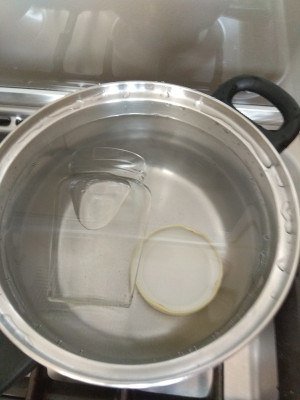
Why is it important to have everything ready to pack? If the cajeta is cooled in the saucepan, when it is cooled outdoors it will become hard and lose the desired consistency.
Once removed from the heat and with our jars ready, we pour the cajeta and take care not to touch the mouth of the jar with our hands, as it could contaminate the preparation with the result of lasting less time. We close well, without tightening the lid too much since with the same heat, pressure will be exerted on it, making a correct seal.
After the packaging process, we put our jars upside down. Otherwise, you can put your jars back in water and let them boil for a few minutes. We will not turn them over until they have cooled, in this way we will obtain a vacuum packaging.
Enjoy!
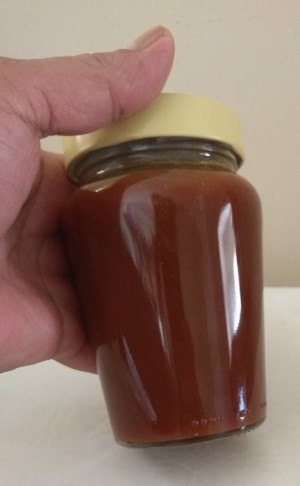
Now it only remains to put a sticker with the name and date of preparation and enjoy burnt cajeta, a true Mexican dessert, delicious in the company of ice cream, hot cakes, toast or just spoonfuls!
Tell us how you prepare cajeta at home. Is there something that you add or take away from it or that you handle differently from ours? We would love to hear about the different results that can be achieved when preparing it.
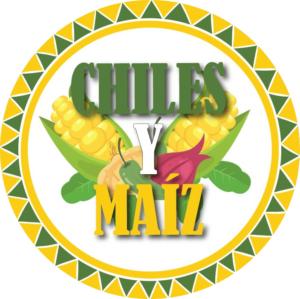
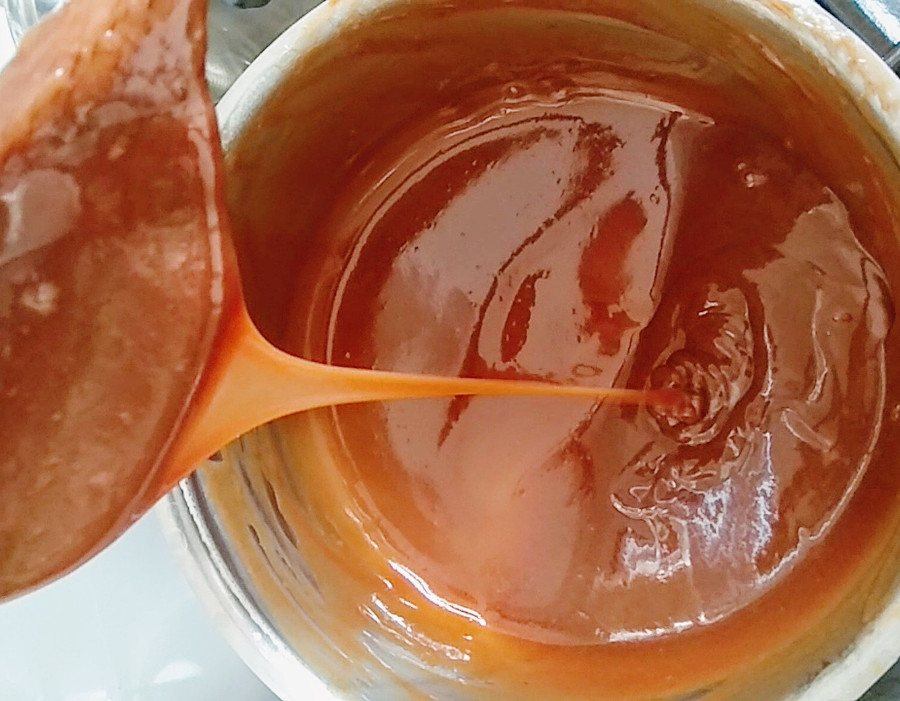
Very good. I will have what it looks like for me
We'd love to know what result you get, Armando. It is not a difficult recipe but rather laborious in the sense that you have to take great care that the mixture does not stick, requiring that it be constantly stirred. We wish you good luck! Greetings. 🙂